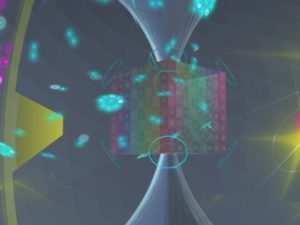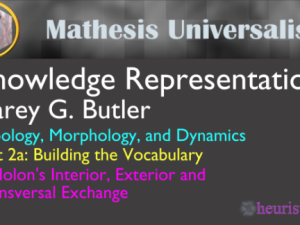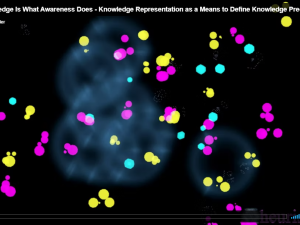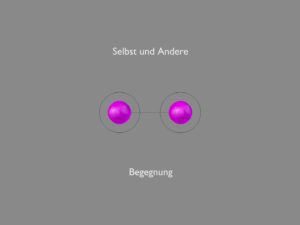Description
This knowledge representation, which I made for a presentation in Nürnberg on April 29th, 2013, depicts a partial resonance domain with respect to sentient relation and orientation.
The representation is not designed to be comprehensive in any respect, rather it is intended to help those who are not accustomed to viewing knowledge in this way.
It shows how, to quote Carl Sagan: “One voice in the Cosmic fugue.” can be represented more generally. There are certainly other possibilities with respect to relation and orientation between self and other.
You may need to stop this video occasionally as some of the transitions occur very quickly. I’ve indicated what is happening in the representation to aid in the interpretation of what is being shown.
I would appreciate any feedback you may want to give. I’d be pleased to answer any questions that may arise.
Thank you for watching!
UPDATE:
A question has come in from an anonymous source asking for clarification on the use of “Resonance Domain”.
A resonance domain is comprised of resonance fields. When one or more fields are being examined, the group is called a resonance domain.
For further clarity I’d like to add that we are looking at two separate fields (sentient beings) in terms of the relation they participate in and the orientation they share with each other.
Fields are always composed of other sub-fields (and are themselves members of super-fields) and contain even partial fields from other sources!
UPDATE: “Why do you use the word ‘sentient’ in your description?”
There are basically three types of entities in our universe:
- Having some measure of interiority (concept of self).
- Artifacts
- Heaps
‘Self and other’ can come in any number of combinations:
The knowledge representation above requires that at least two of the participants are of type 1 (sentience) for this knowledge representation to hold.
Examples:
- Type 1) human and type 1) dog will work.
- Type 1) human and type 2) book will not work.
- Type 1) human and type 3) rock will not work.
This way of looking at our Kosmos is called Mathesis Universalis.
For those interested in more on the subject, go to http://mathesis-universalis.com.
[PS: There are also the conditions in which both participants are conscious of each other and their shared consciousness is such that differences in semantics between them are 'reconcilable' (coherence). (For the scientists/mathematicians among us!)] 😉




